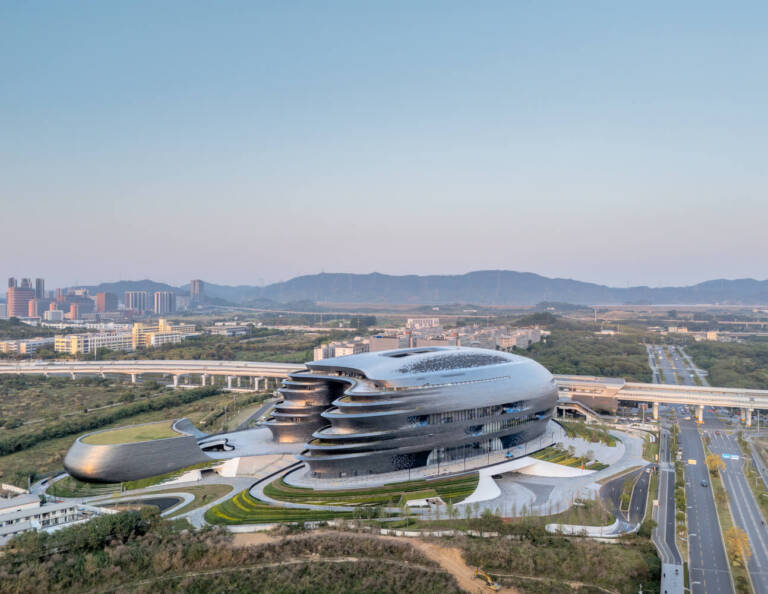A bold new icon has landed in Shenzhen’s Science Park: the Shenzhen Science & Technology Museum, a sweeping futuristic structure by Zaha Hadid Architects. Positioned on the southeastern edge of the Science Park, this radical space blurs the line between architecture and aspiration, science and spectacle. With a shimmering stainless-steel skin and a dynamic spherical form, the Shenzhen Science & Technology Museum serves as a cultural beacon within the innovation-driven Science Park district.
Designed by Zaha Hadid Architects, the museum stretches across 128,000 square meters, housing galleries, labs, cinemas, and an innovation hub. Inside, architecture becomes choreography: a dramatic central atrium hosts levitating exhibition spaces that echo satellites in orbit. The fully glazed façade invites nature in, dissolving boundaries between built form and the outside world—one of many thoughtful gestures embedded by Zaha Hadid Architects.
Beyond aesthetics, the Shenzhen Science & Technology Museum is a high-performance building designed for sustainability. Solar panels, passive cooling, and a ventilated double façade earned it China’s top green rating. Over 390,000 tonnes of recycled materials were used, reinforcing an ethos where innovation meets environmental intelligence.
Crucially, Zaha Hadid Architects harnessed a digital twin construction model to bring the complex geometry of the Shenzhen Science & Technology Museum to life. It’s more than a museum—it’s a spatial manifesto for the age of accelerated science. As part of the rapidly evolving Science Park, this space speaks to a future where architecture becomes a platform for knowledge and experimentation.
Join us for a boundary-pushing dialogue with Patrik Schumacher, principal at Zaha Hadid Architects, as he charts the architecture of virtual worlds. From design without gravity to the social codes of the metaverse, this is the blueprint for tomorrow.

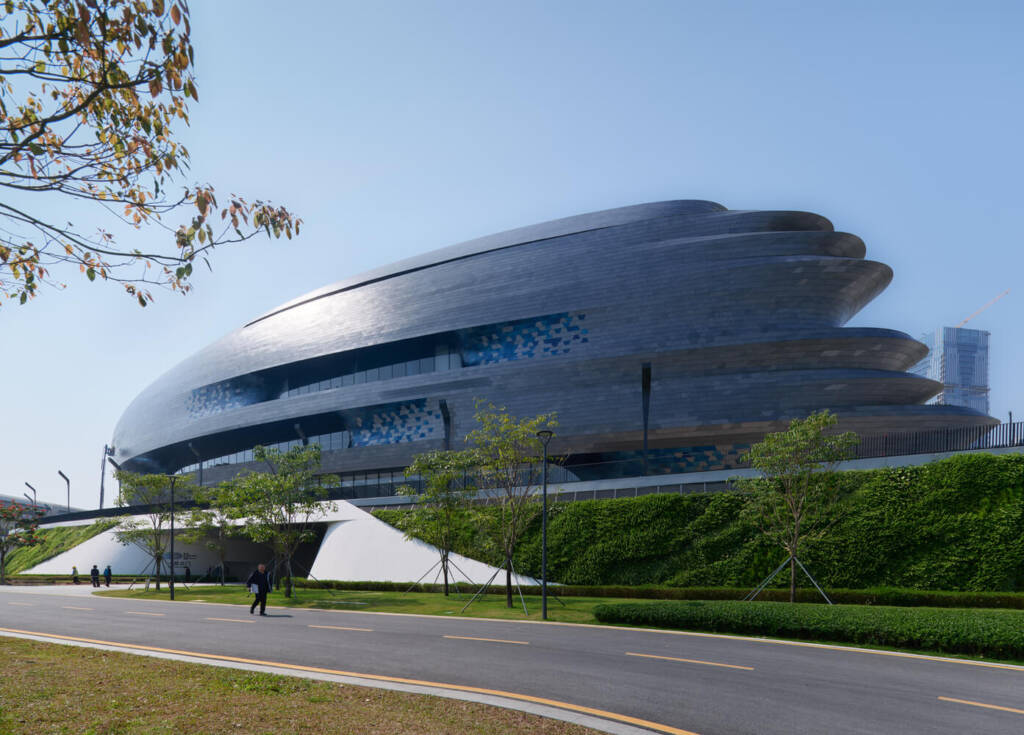
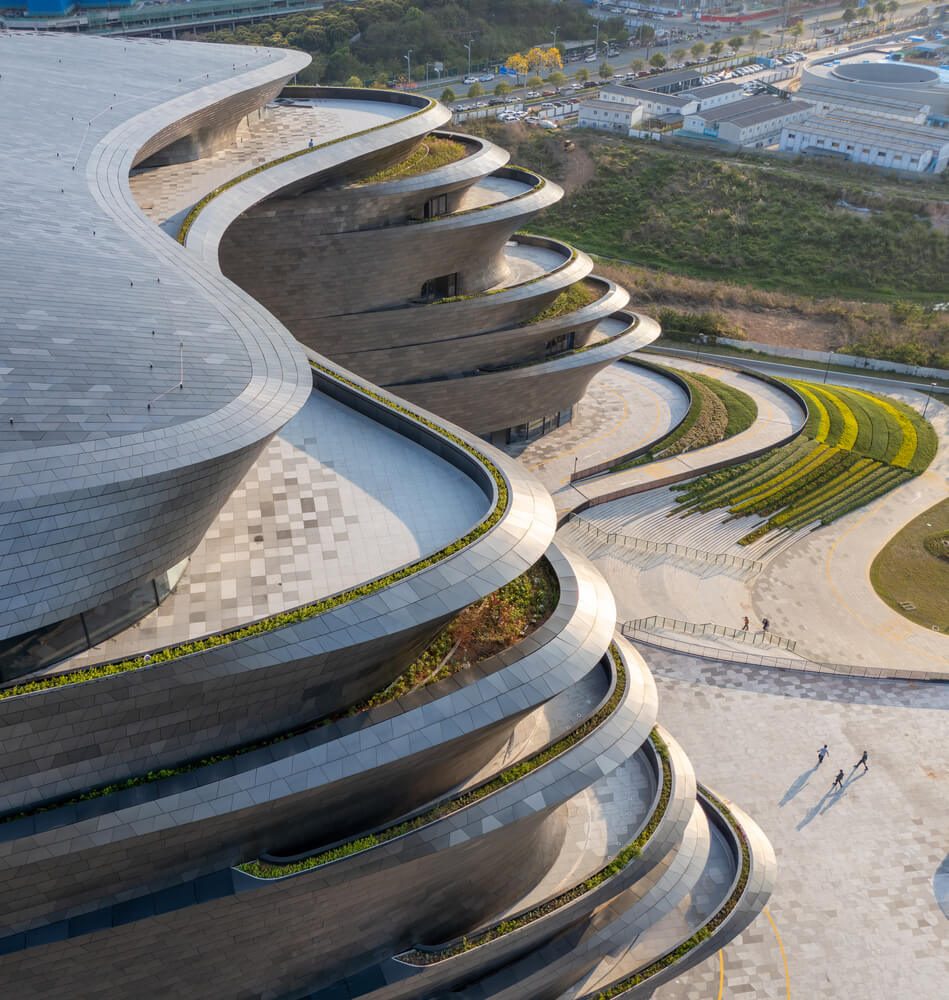

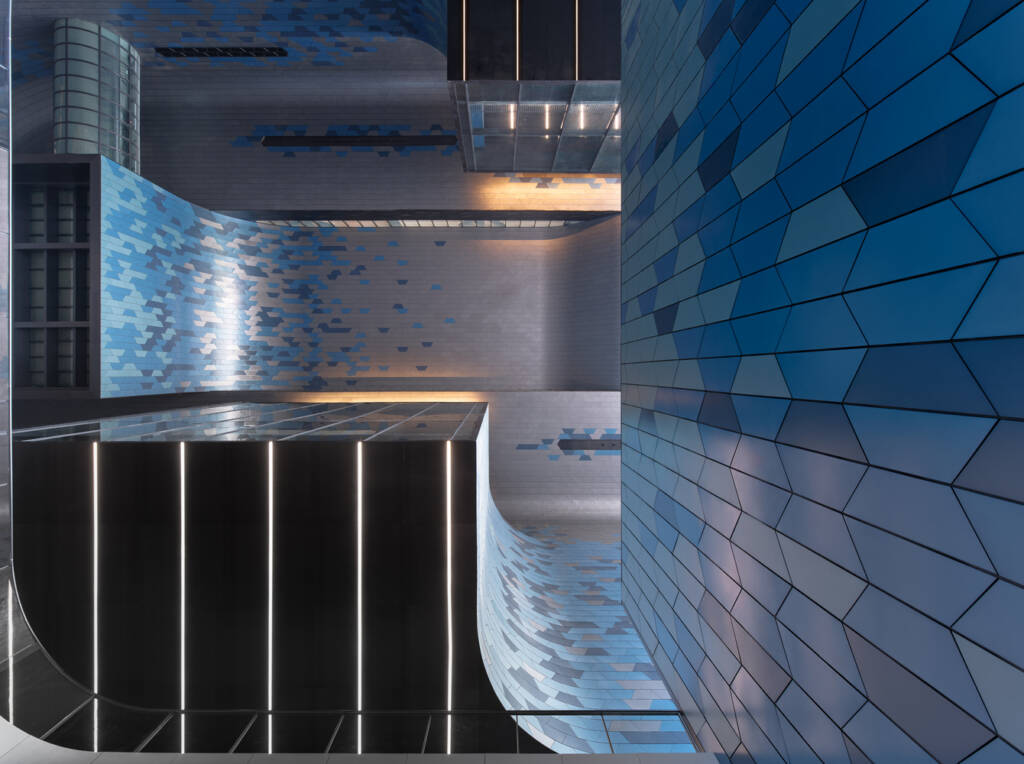
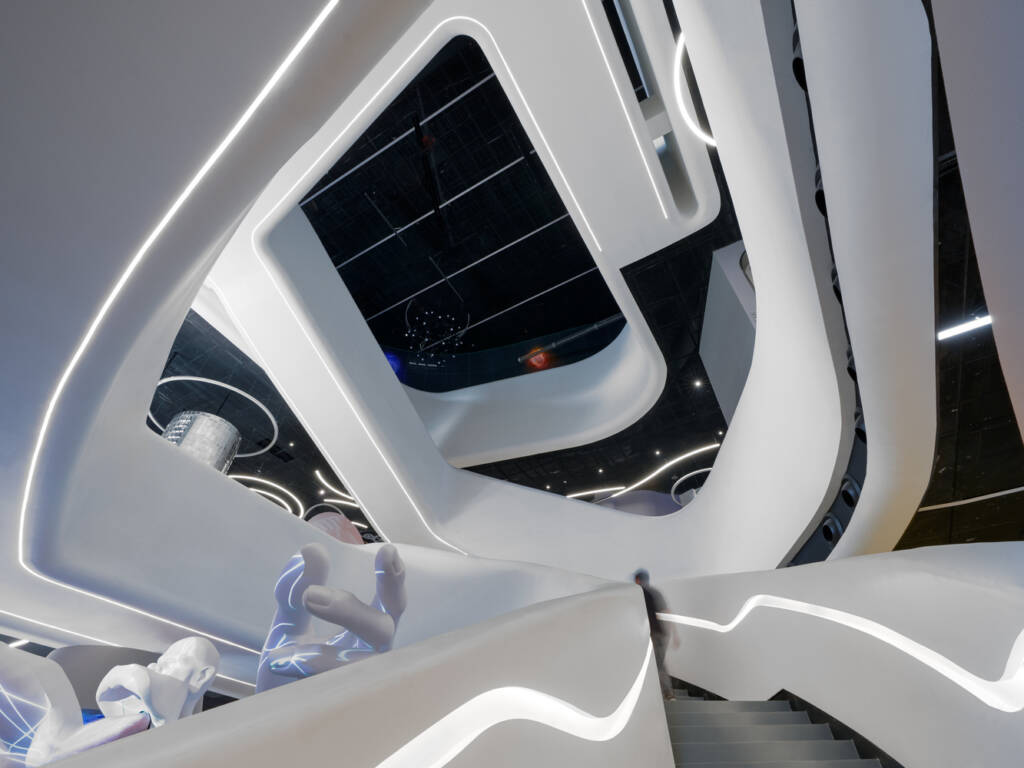
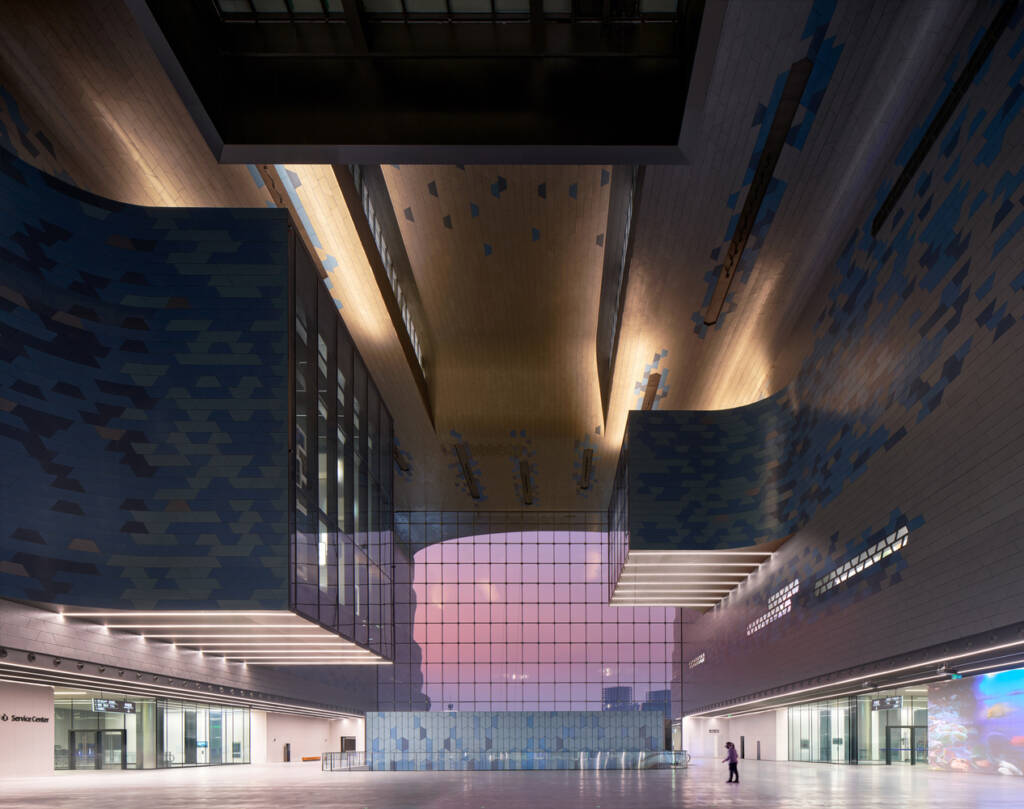
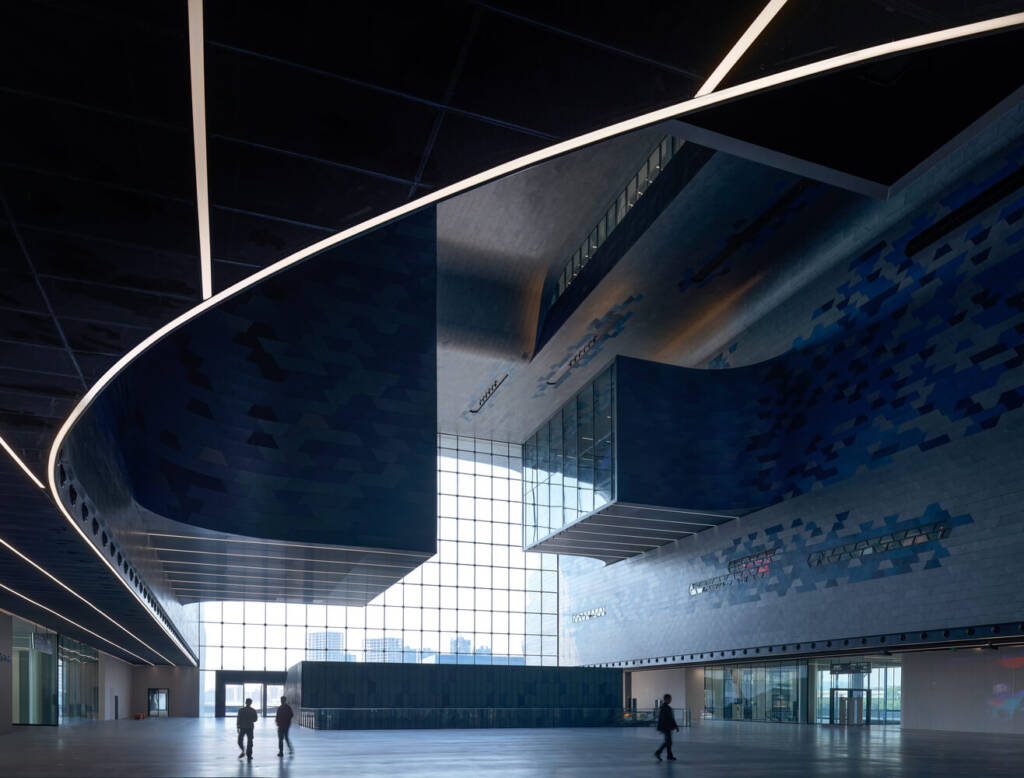
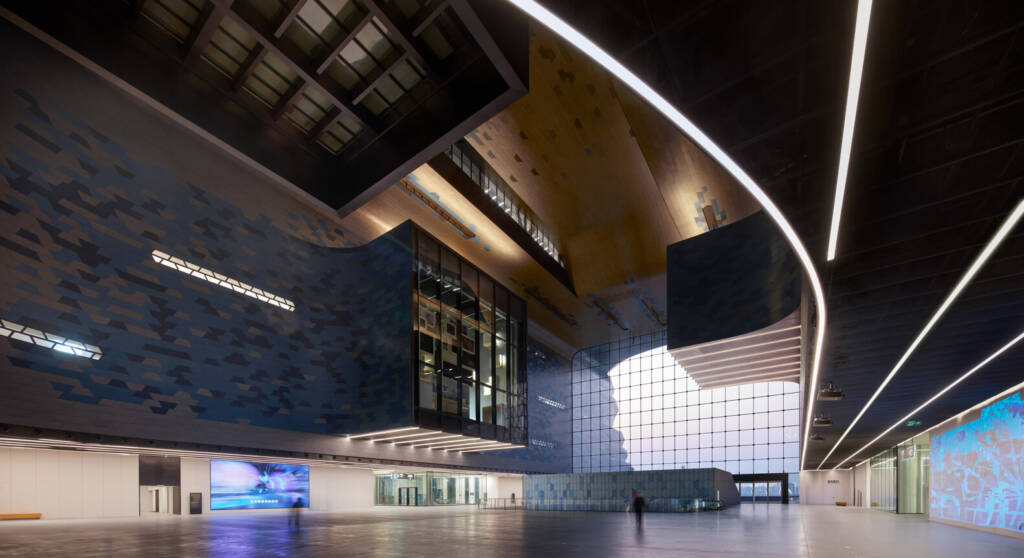
Photography by VIRGILE SIMON BERTRAND
